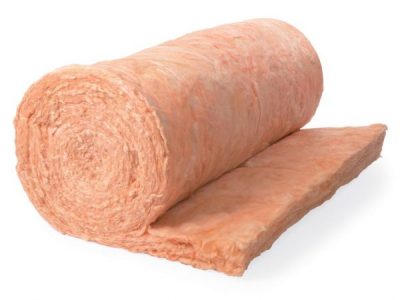I was recently flipping through a brochure published by the Arkansas Public Services Commission on lowering energy usage when I spotted a familiar recommendation about lowering refrigerator energy usage by keeping it full. You may have heard this tip before (my wife said she heard it from her mom), but it may not be obvious how exactly it saves energy.
Refrigerators work by pumping heat from the inside to the outside which lowers the temperature inside. Since the walls are insulated, once the inside reaches the desired temperature the refrigerator doesn’t have to work very hard to keep it cold. Unfortunately, whenever the door is opened a lot of the cold air will rush out to be replaced by warm air from the room. Once the door is closed, the refrigerator now has to cool all this fresh air down to the cold temperature again.
This is where the tip of keeping the refrigerator full comes into play. By keeping your refrigerator full, the amount of air that can rush out is reduced. This lowers the load on the refrigerator once the door is closed. In short, there is less warm air that must be cooled off after each door opening. One caveat to this is you want to make sure that there is still enough space between items so that air can still flow throughout the refrigerator for even cooling.
Another factor would be the cost of food you are now using to keep your refrigerator full. You aren’t saving any money if you buy more food than you need and it ends up spoiling. In this case, you could always use bottles of water or other containers that will take up space.
Other tips for reducing refrigeration energy usage include letting warm foods cool down before placing them in the refrigerator and keeping the seal around the doors clean (a dirty seal could let warm air in). Also be sure that there is enough space behind the refrigerator for air to flow around the compressor and condenser. Be sure to check your manual for the recommended minimum space.
There are a lot of simple things that can be done around a home or business to save energy. Many of these efforts are low to no cost changes and we recommend them as the first measures to adopt when looking to save money. Forward Engineers provides energy auditing services for any size of building where we review your current usage, inspect the building and make recommendations that will save you money by saving energy. If you are seeking to work with an engineering firm that is client-centered and strives to provides services that are on time, on budget and exceed expectations, please contact us. We would love to work with you on your next project!


